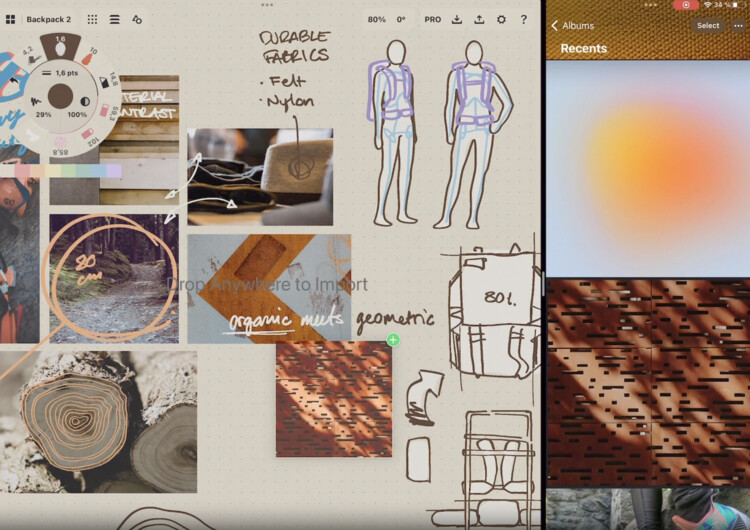
Smartphones and tablets have become so powerful that has abruptly changed the concept of workshops since the introduction of apps into the architecture industry. They have generated a more productive and efficient workflow on-site or on the go, covering different aspects of the field with versatility and variety. While some are specific to professionals, others appeal to every architecture enthusiast, with user-friendly interfaces, simplified navigations, and reachable information.
ArchDaily has selected the best architecture apps in 2023 featuring technical drawing and modeling essentials, sketching canvas for all levels, construction and management platforms, toolbox apps, and interfaces to get inspiration from.



















_Yohei_Sasakura.jpg?1584733407)
_Toshiyuki_Yano.jpg?1584733248)
_Fernando_Guerra___FG_SG.jpg?1584733499)
_Toshiyuki_Yano.jpg?1584733288)
_Adrien_Williams.jpg?1584733422)








.jpg?1617024156)









